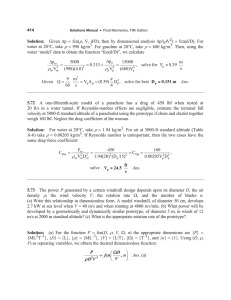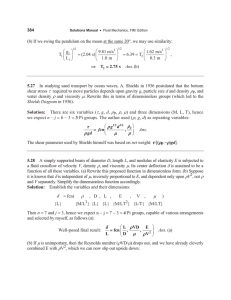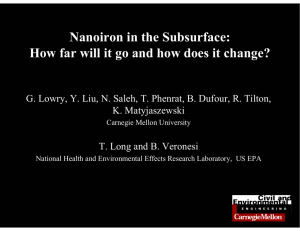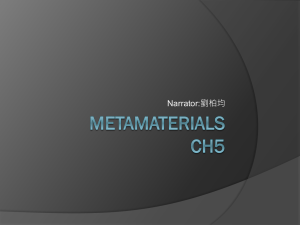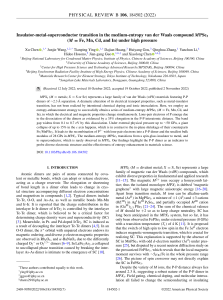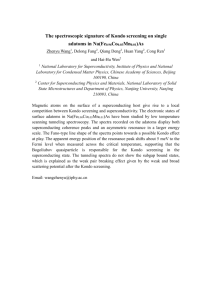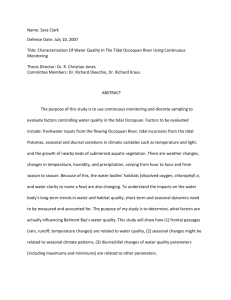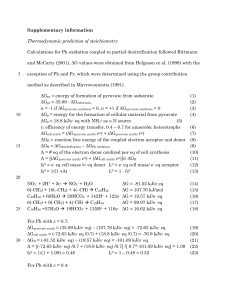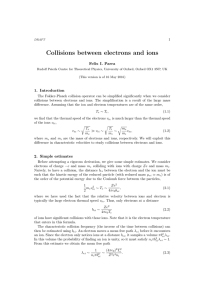Tri-frequency Spectrum Method of Resolving the Earth`s FCN
advertisement
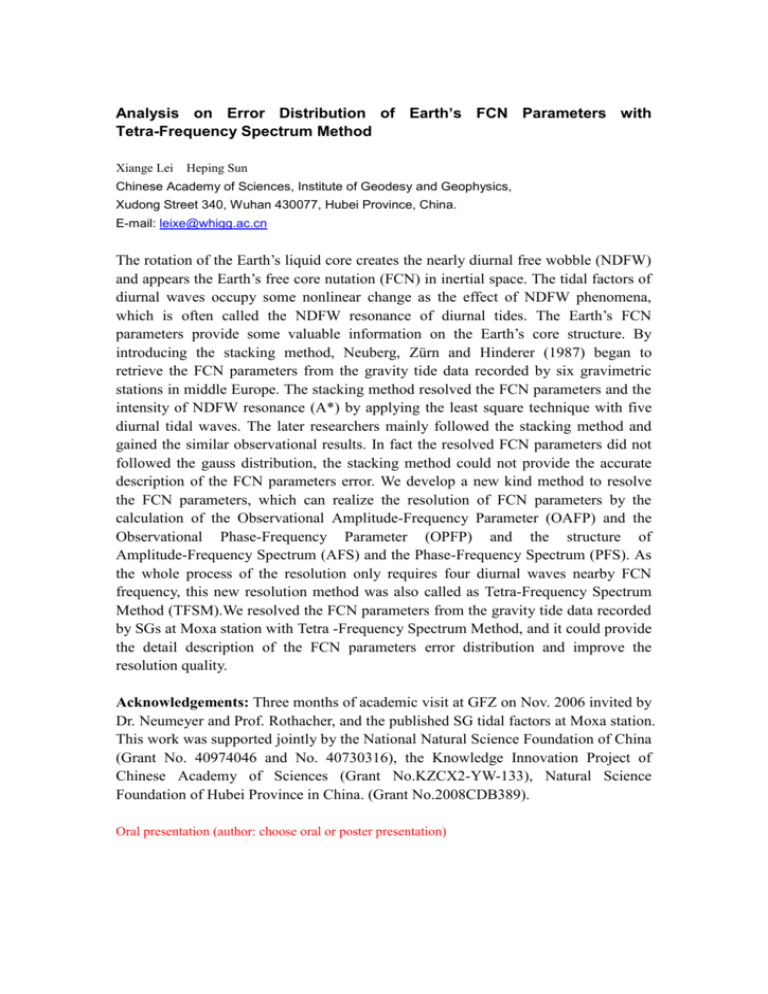
Analysis on Error Distribution of Earth’s FCN Parameters with Tetra-Frequency Spectrum Method Xiange Lei Heping Sun Chinese Academy of Sciences, Institute of Geodesy and Geophysics, Xudong Street 340, Wuhan 430077, Hubei Province, China. E-mail: leixe@whigg.ac.cn The rotation of the Earth’s liquid core creates the nearly diurnal free wobble (NDFW) and appears the Earth’s free core nutation (FCN) in inertial space. The tidal factors of diurnal waves occupy some nonlinear change as the effect of NDFW phenomena, which is often called the NDFW resonance of diurnal tides. The Earth’s FCN parameters provide some valuable information on the Earth’s core structure. By introducing the stacking method, Neuberg, Zürn and Hinderer (1987) began to retrieve the FCN parameters from the gravity tide data recorded by six gravimetric stations in middle Europe. The stacking method resolved the FCN parameters and the intensity of NDFW resonance (A*) by applying the least square technique with five diurnal tidal waves. The later researchers mainly followed the stacking method and gained the similar observational results. In fact the resolved FCN parameters did not followed the gauss distribution, the stacking method could not provide the accurate description of the FCN parameters error. We develop a new kind method to resolve the FCN parameters, which can realize the resolution of FCN parameters by the calculation of the Observational Amplitude-Frequency Parameter (OAFP) and the Observational Phase-Frequency Parameter (OPFP) and the structure of Amplitude-Frequency Spectrum (AFS) and the Phase-Frequency Spectrum (PFS). As the whole process of the resolution only requires four diurnal waves nearby FCN frequency, this new resolution method was also called as Tetra-Frequency Spectrum Method (TFSM).We resolved the FCN parameters from the gravity tide data recorded by SGs at Moxa station with Tetra -Frequency Spectrum Method, and it could provide the detail description of the FCN parameters error distribution and improve the resolution quality. Acknowledgements: Three months of academic visit at GFZ on Nov. 2006 invited by Dr. Neumeyer and Prof. Rothacher, and the published SG tidal factors at Moxa station. This work was supported jointly by the National Natural Science Foundation of China (Grant No. 40974046 and No. 40730316), the Knowledge Innovation Project of Chinese Academy of Sciences (Grant No.KZCX2-YW-133), Natural Science Foundation of Hubei Province in China. (Grant No.2008CDB389). Oral presentation (author: choose oral or poster presentation)
